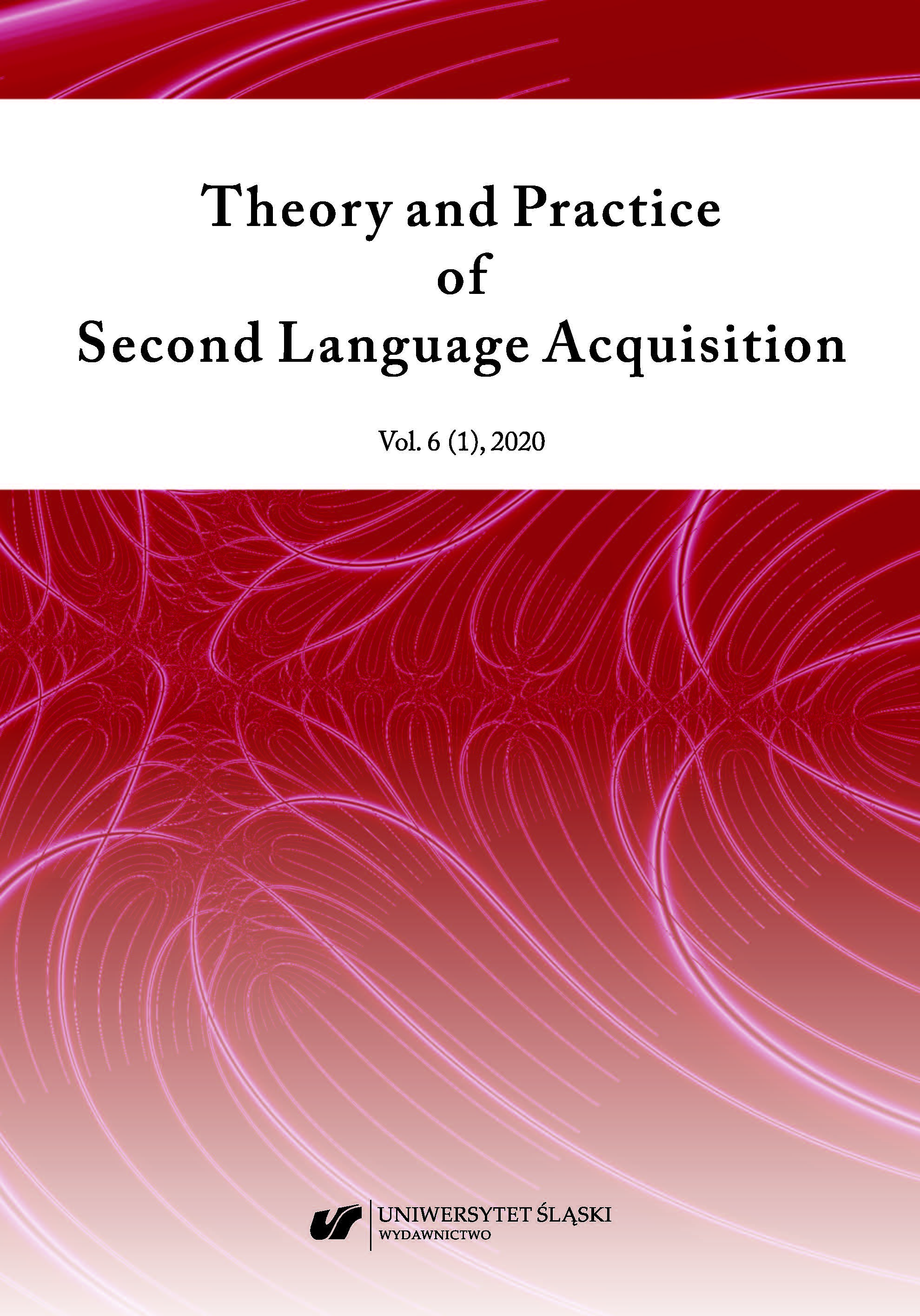

 https://doi.org/10.31261/tapsla.7770
https://doi.org/10.31261/tapsla.7770
The present study investigates the comprehension and production of Spanish as a third or additional language (De Angelis’ (2007) term), paying special attention to the use of code-switching and translanguaging. Following Lewis, Jones and Baker (2012, p. 655), it is assumed that translanguaging involves the mobilisation of all of learners’ linguistic resources “to maximise understanding and achievement,” so the learners’ use of languages other than Spanish (especially English, but also e.g. French, Italian, etc.) in the tasks could be assumed to be an example of translanguaging too. Simultaneously, the use of words from languages other than Spanish for lack of a Spanish word could be argued to be more precisely classified as code-switching. Multilingual repertoires are highly complex and, according to Otheguy, García and Reid (2018), multilingual competence is unitary rather than divided into several distinct languages, so, in their view, words are selected from a single lexicon. However, as shown by Williams and Hammarberg (1998), the different languages in multilingual repertoires perform various functions, which gives rise to different types of switches. The study was carried out with English Philology and Romance Philology students studying Spanish as a third or additional language. As the results show, even though the Romance Philology students were generally better at translanguaging, viewed as the use of all their linguistic resources, they avoided switches into other Romance languages, probably to minimise interference. By contrast, the English Philology students, who had lower proficiency in Spanish, were less capable of using their multilingual resources, including English, to provide the missing words, possibly also due to problems with the comprehension of the Spanish sentences.
Download files
Citation rules

Vol. 6 No. 1 (2020)
Published: 2020-06-08
 10.31261/tapsla
10.31261/tapsla